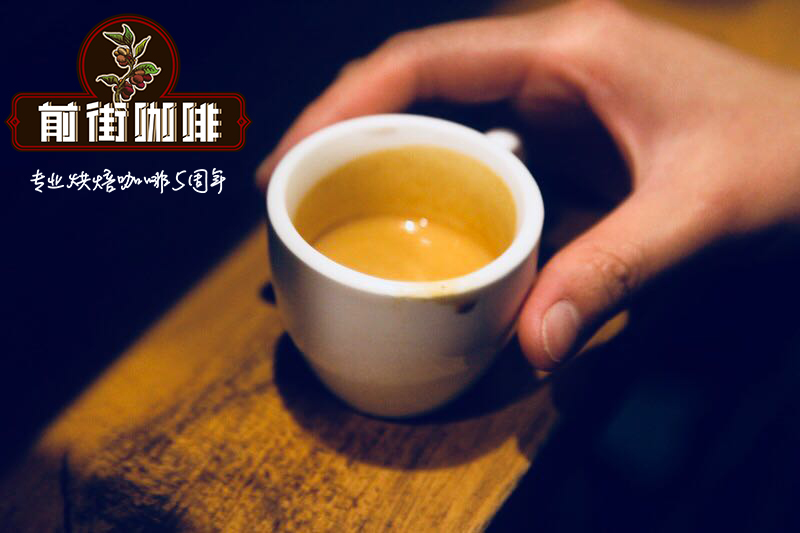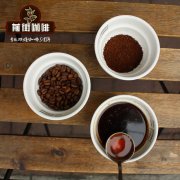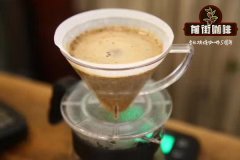espresso coffee| To extract a good espresso, you need to pay attention to a few details.

Professional baristas and enthusiasts like to make things complicated. Complex multi-step cooking formulations and equipment with some unique functions have become standard. Require the use of novel features on an espresso machine or brewer without any necessary evidence.
I believe we haven't even begun to grasp the basics of coffee. Of course, we still have a long way to go before we start to optimize the finer details.
The following is the hierarchy of adjustable or addressable things that affect a cup of coffee, in order from highest to lowest. The numbers 1 to 3 can completely ruin a cup of coffee. Everything after that will certainly damage the quality, but it will have disastrous consequences. That is, unless they cooperate with each other.
1. Basic quality of raw coffee beans (no defects, 82 +, good water and water activity)
two。 To bake (a ripe, uniform, minimal distillate).
3. Water (whether to choose soft water or water with low hardness)
4. All grinding experiences the same flow / time / etc. (distribution and quality of espresso)
5. Grinder and burr (aligned and sharp)
6. The brewing contact time (if the above time is fixed, the longer brewing time may be improved. Using filtered coffee may hurt you: you may need to get thicker)
7. Change the pump pressure of espresso.
8. Equipment cleanliness (boil everything in the espresso solution, then rinse)
9. The freshness of the water (has the water been in the boiler for some time? )
The next time you find yourself looking for a way to make coffee better, maybe start with the most important thing.
Important Notice :
前街咖啡 FrontStreet Coffee has moved to new addredd:
FrontStreet Coffee Address: 315,Donghua East Road,GuangZhou
Tel:020 38364473
- Prev

Grindability of hand-brewed coffee | what is the effect of fine powder on brewing coffee? should we sift out the subdivision?
Back in 2012, our own Matt Perger won the World Coffee Brewing Competition by removing fine powder with a 250m sieve. This makes the extraction more uniform, so that he can extract a higher content without producing a dry, over-extracted flavor. But from then on, he came out and declared that Fine Powder was the devil. Actually, our last one
- Next

Hand-brewed coffee | how to choose bleached filter paper toxic belt you know how to make bleached filter paper
In the past, Melitta Bentz wanted to get rid of the coffee grounds in the cup. As an innovative woman, she tried different filtering methods and found that paper works best. In 1908, she poured the first patent for filter paper and filter paper, and since then she has created many different variants. There are many manufacturers, brands and versions of coffee filter paper. Similarly, every kind of paper
Related
- Beginners will see the "Coffee pull flower" guide!
- What is the difference between ice blog purified milk and ordinary milk coffee?
- Why is the Philippines the largest producer of crops in Liberia?
- For coffee extraction, should the fine powder be retained?
- How does extracted espresso fill pressed powder? How much strength does it take to press the powder?
- How to make jasmine cold extract coffee? Is the jasmine + latte good?
- Will this little toy really make the coffee taste better? How does Lily Drip affect coffee extraction?
- Will the action of slapping the filter cup also affect coffee extraction?
- What's the difference between powder-to-water ratio and powder-to-liquid ratio?
- What is the Ethiopian local species? What does it have to do with Heirloom native species?

